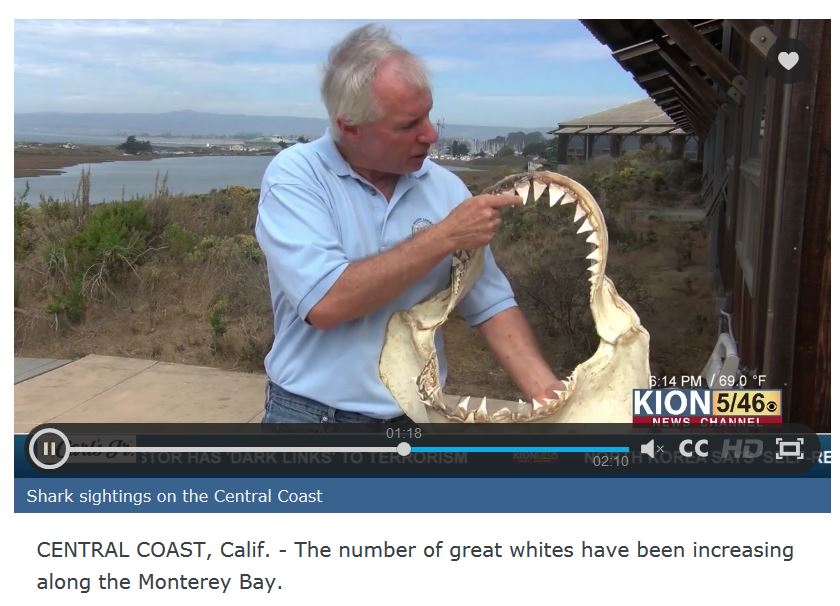Paul Clerkin graduated cum laude from Cornell University in the winter of 2010 with a double major in Science of Natural and Environmental Systems and Natural Resources. He also received associate degrees from Sacramento City College with President’s Highest Honors in Biology, Chemistry, Physical Science, Sociology, and Humanities. His research experience includes storm tracking with the Coastal Processes Division of NOAA, an NSF REU internship at Rutgers University Marine Field Station, research assistantships in chemistry (at American River college) and Ichthyology (at Cornell's Museum of Vertebrates), and a research voyage aboard a tall ship during SEA's semester at sea.
After completing his undergraduate degree, he served several deployments as a shipboard Certified Fisheries Observer with the National Marine Fisheries Service in the Bering Sea out of Dutch Harbor, Alaska. In 2011, he began his studies at MLML’s Pacific Shark Research Center under his adviser, Dr. David Ebert. He has worked with Dr. Ebert to instruct chondrichthyans workshops on the island nations of Mauritius and the Seychelles for the Food and Agriculture Organization of the United Nations. He also participated in a cruise in the Southern East Atlantic as a shark expert for FAO/UN.
